
Calluses are thick piles of dead cells that act as barriers to protect the skin; corns are calluses with hard cores. Corns and calluses most often develop on feet and hands that are being rubbed too much, such as from badly fitting shoes. Simple natural remedies can treat corns and calluses.
Response and Prevention
You can appease and prevent painful corns and calluses by eliminating the source of friction. If your corns or calluses were caused by daily activities, such as raking or weight lifting, wear work gloves. If you are breaking in a new pair of shoes, wear adhesive bandages in areas that are tight. If the shoes continue to cause discomfort after an initial breaking-in period of several days, discontinue wearing them. Wear shoes that fit you well -- your feet should not feel cramped, but neither should they slide around inside the shoes. If you do not know your correct shoe size and width, have your feet measured at a shoe store.
Soak
Soak calluses and corns in warm water mixed with soap and Epsom salts for 10 minutes. This softens and cleanses the skin and should help reduce swelling and pain. Repeat daily until you are pain-free.
Exfoliate and Moisturize
After soaking your skin and patting it dry, gently exfoliate corns or calluses. Use a washcloth, pumice stone or emery board to remove a layer of hardened skin. Do not use sharp objects to trim corns or calluses, because doing so can cause cuts and infections. Apply a natural moisturizer, such as raw shea butter or coconut oil, and cover with non-medicated corn pads.
Medical Precautions
Individuals with diabetes or other medical conditions should consult with their doctors before treating corns or calluses, suggests Mayo Clinic. People with diabetes have higher instances of circulatory problems and numbness. This could cause you to over-trim corns and calluses, which could lead to an infection you can not feel. Infections left untreated could end in serious health problems, with the worst case being amputation -- this is far too harsh a treatment for corns or calluses.
Related Articles
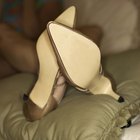
How to Increase the Grip on a Shoe's ...

Benefits of Shea Butter and Coconut Oil ...
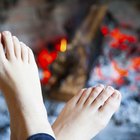
Smelly Feet in Women

How to Soak Your Feet in Mouthwash

How to Have Flawless Armpits

Can You Remove Calluses With Lemon ...

How to Have Nice Knees

How to Get Dark Ankles Lighter
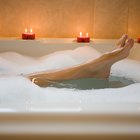
What Natural Oils Are Good to Soften ...

How to Make a Soak for a Pedicure

How to Properly Stick Shoe Pads in ...

How to Use Sea Salt for Cracked Heels ...

How to Keep My Shoes From Sliding While ...

How to Care for Asolo Leather Hiking ...
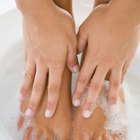
How to Use Alum Powder for Smelly Feet
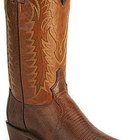
How to Clean Lizard Skin Boots
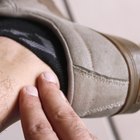
How to Keep Shoes From Rubbing the Heel

How to Disinfect Sunglasses
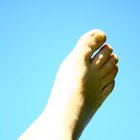
How to Keep Toenails White
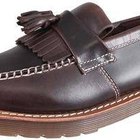
How to Clean Dr. Martens Shoes
References
Writer Bio
Candice Mancini has always loved matching people with career paths. After earning her master's degree in education from the University at Albany, she spent a decade teaching and writing before becoming a full-time writer. Mancini has published articles and books on education, careers, social issues, the environment and more.
Photo Credits
Digital Vision./Digital Vision/Getty Images